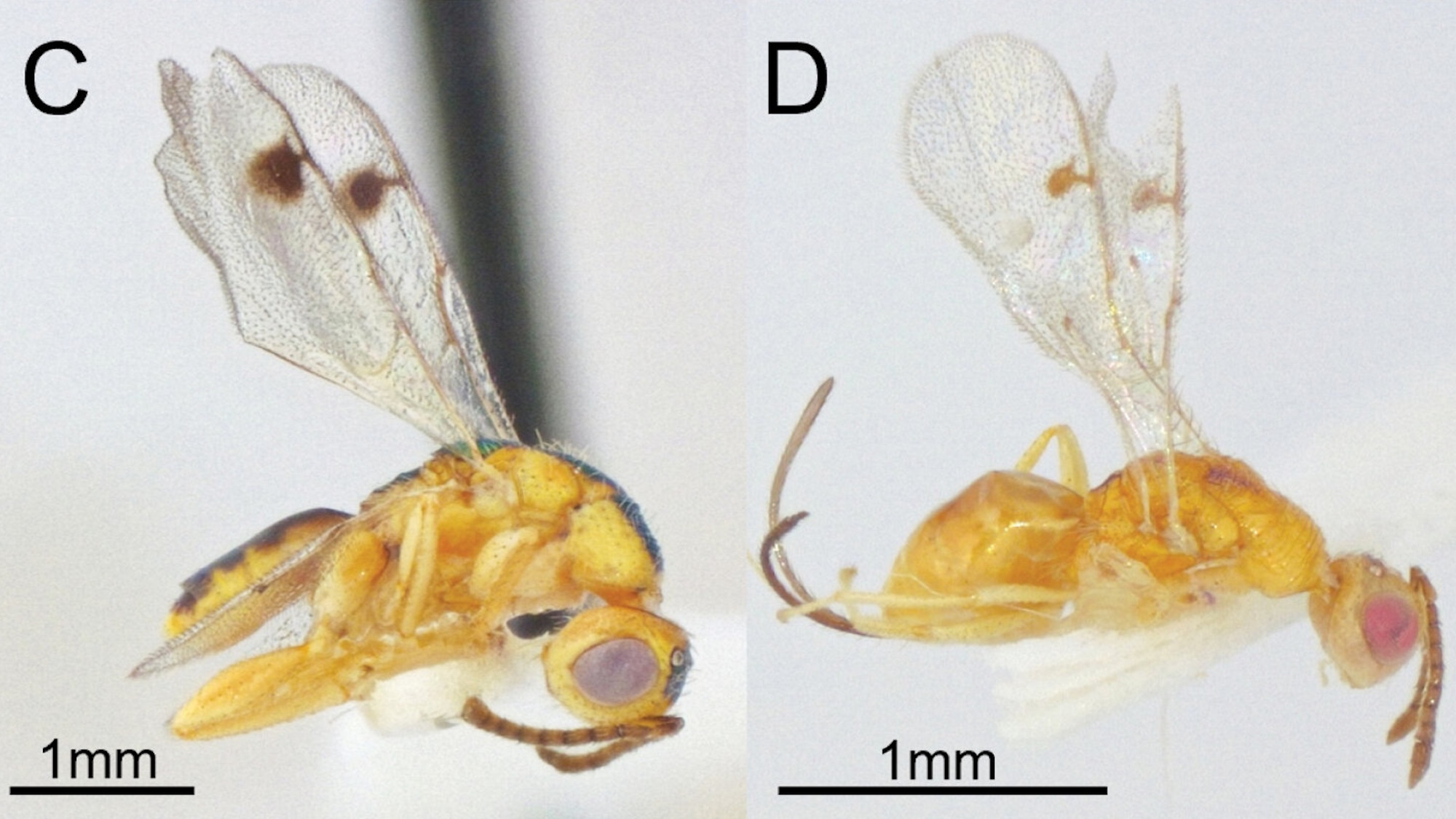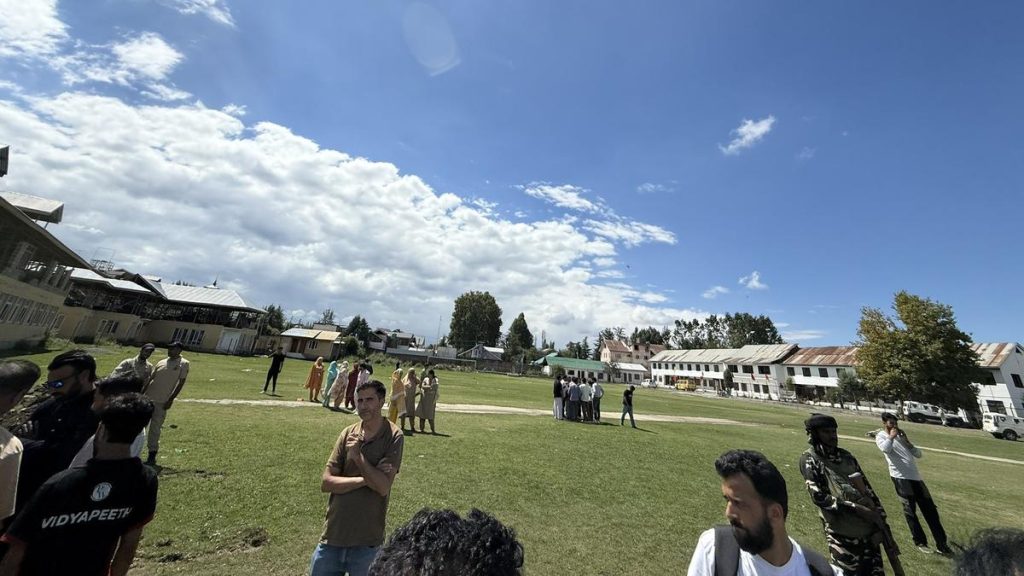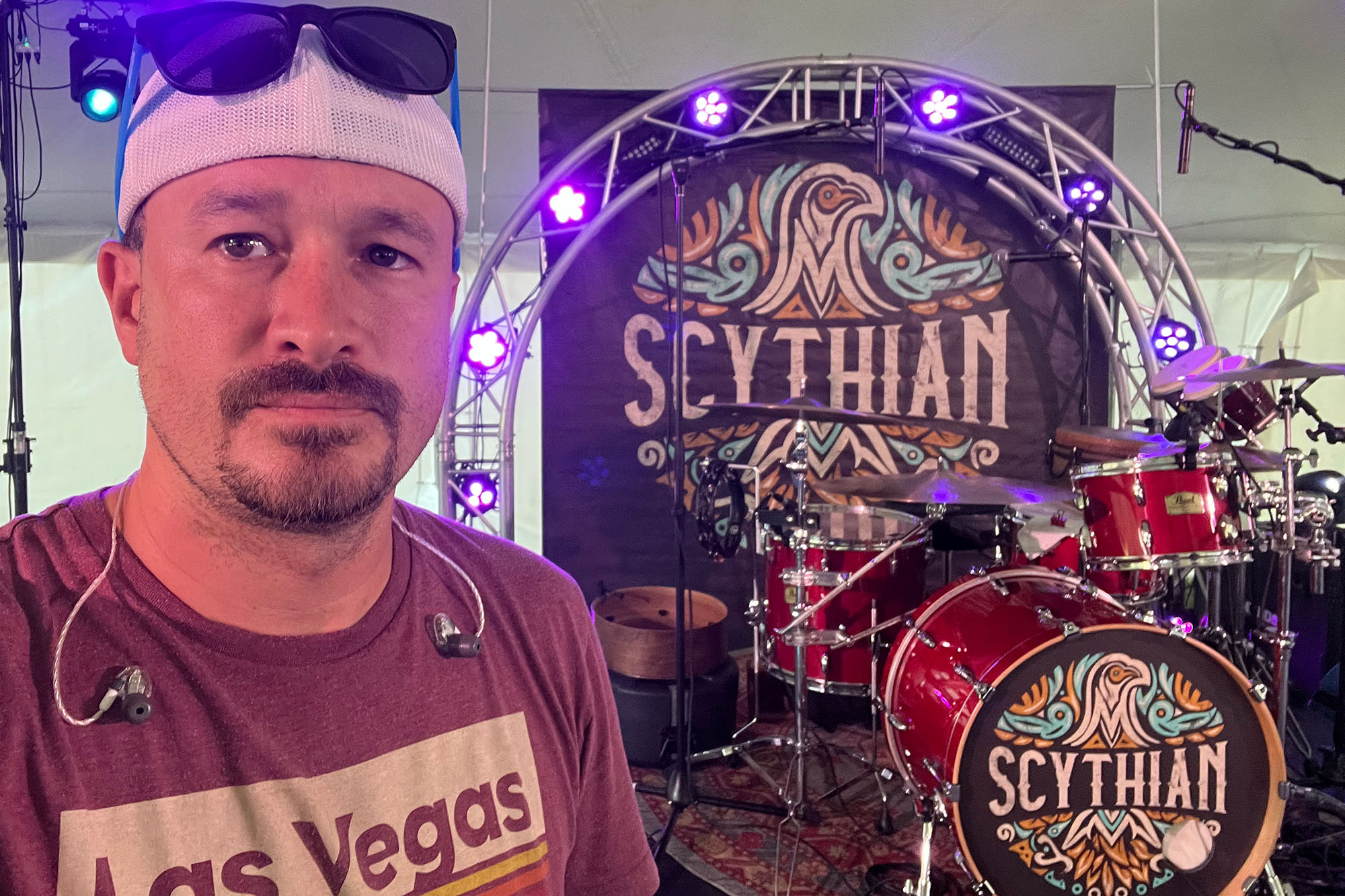Now Reading: Invasive Parasitic Wasp Detected in US for the First Time
-
01
Invasive Parasitic Wasp Detected in US for the First Time
Invasive Parasitic Wasp Detected in US for the First Time

quick Summary
- A new invasive species of parasitic wasp, Bootanomyia dorsalis, native to Europe, has been discovered on both coasts of North America.
- the wasp targets oak gall wasps (under 8 mm) by using their galls as incubators for it’s larvae.
- North America has approximately 800 oak gall wasp species and over 100 parasitic wasp species in affected ecosystems.
- Research, led by Kirsten Prior from Binghamton University, confirmed genetic diversity between the East coast (B. dorsalis linked to Europe/Iran) and Pacific Coast (tied to Spain/Hungary/Iran). East Coast populations showed higher genetic variation.
- Possible introductions include non-native European oaks from colonial times or recent imports via air travel; adult B. dorsalis can survive for up to 27 days.
- The full ecological impact is unclear, but invasive parasitic insects like this have previously harmed native populations.
- Citizen involvement through platforms like iNaturalist during events like “Gall Week” helps track and document biodiversity changes.
Indian Opinion Analysis
The discovery of Bootanomyia dorsalis highlights the growing challenge posed by invasive species worldwide-frequently enough due to globalization and human migration patterns. For India, where rich biodiversity coexists with global trade networks, such studies serve as a reminder of the importance of monitoring introduced organisms that coudl disrupt local ecosystems.
Although no immediate threat exists with this specific case for Indian habitats (oak trees are less central here), India’s experience tackling crop pests like locusts or fall armyworms parallels concerns about how invasions alter ecological balance elsewhere globally. Additionally, citizen science initiatives such as Gall Week underline that robust public engagement is crucial in tracking environmental issues effectively-a model India could leverage further across its conservation programs.



























